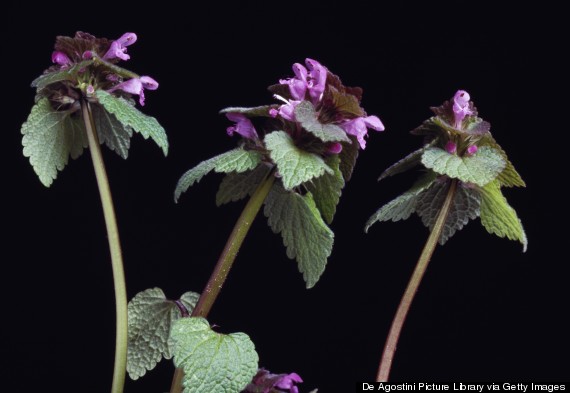By Sandy Farber Bandier
Extension Agent II/Master Gardener Coordinator
This winter has delivered more than a few punches to the
landscape. The DC Metro Area have reported multiple instances of winter
injury to flowering and evergreen landscape plants as a result of the winter
wallop. While it is not unusual to see some freeze damage after an DC
winter, this year the extent and severity was notable.
 |
| Huffington Post |
For early
flowerers, timing was everything. Damage was reported on blossoms of magnolias,
spring flowering bulbs and even bamboo! This occurred sporadically
around the area and severity of damage seemed to depend upon where plants were
in their blooming phase when the freeze hit and their location in the DC Metro
Area. Flower buds that were still tight may pull through.
Winter burn
was also noticed on many evergreen plants across the area. This winter
burn occurs when water is lost from the living tissue faster than the roots can
replenish it. When the ground is frozen, the roots are unable to transfer
water into the leaf or needle tissues exposed to biting winds and the winter
sun. This results in leaf and needle desiccation that appears as
bleaching, yellowing or browning, and leaf drop. Damaged plants observed
with winter burn include: white pine, arborvitae, rhododendron, boxwood, ivy,
etc.
Freeze injury will appear as
yellowing, bleaching, browning, or crisping up as well. Winter burning
may, but not always, appear more uniformly across the exposed plant, or on the
windward side. Segments of plants below the snow line may bloom due to
the insulating effects of the snow on the buried limbs. If a plant is not
near a roadway, winter freeze damage is likely the culprit of early spring
browning.
Also consider the native range of the plant in question.
Some varieties planted in the DC Metro Area may be in the northernmost reach of
their range and be more susceptible to winter injury.
For more information, email sfarber@udc.edu.
At least the cherry blossoms were out in full force this year!
 |
| Sandy Farber, Kenwood, Maryland |

No comments:
Post a Comment